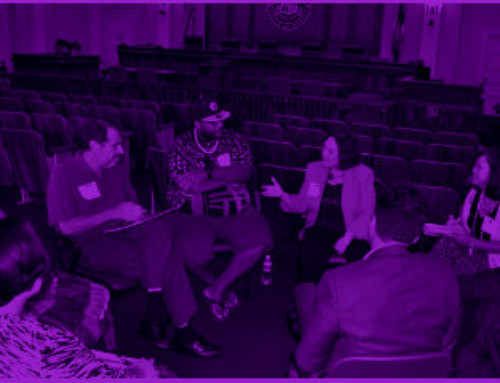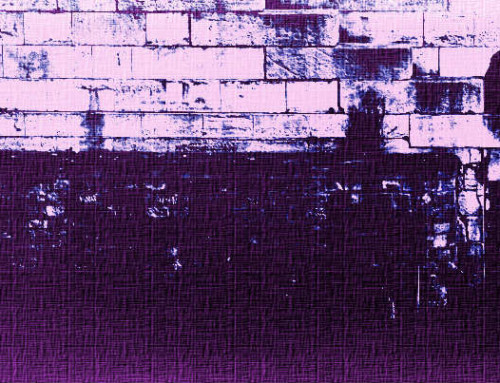In Milan last month, Val Braithwaite and I had the opportunity to attend a dialogue between convicted Italian terrorists of the 1970s from organisations such as the Red Brigades, and the families of victims. Prosecutors and civil society actors also participated. It was moving, particularly when love was expressed by victims toward offenders who had served long prison terms. This was part of a restorative justice approach to terrorism that has been undertaken for many years with the involvement of the restorative justice leaders of the Università Cattolica del Sacro Cuore. My visit there was hosted by the Centro Studi “Federico Stella” sulla Giustizia penale e la Politica criminale, by Professor Claudia Mazzucato and the European Forum for Restorative Justice.
This inspiring work on restorative justice for terrorism is pathbreaking. It includes reconciliation between offenders convicted in relation to the kidnapping (and later execution) of former Italian Prime Minister Aldo Moro in 1978. Five security guards were also killed during the kidnapping. A daughter of Aldo Moro has been one of the active participants in the restorative process. There are disturbing issues around this assassination concerning the alleged involvement of intelligence services—Italian and foreign—and national political parties in catalysing the assassination. They were allegedly concerned about Aldo Moro’s attempts to put together a coalition government that included the Italian Communist Party during the Cold War.
Many other lower-level participants from the Anni di Piombo (‘years of lead’) in Italy, when almost 500 people were killed, participated in the restorative justice processes. We tend to forget just how deadly the terrorism problem was in Italy in the 1970s compared to the level of terror in Europe today.
One of the things critics of restorative justice often say is that restorative justice could not be relevant to reconciliation after terrorism or terrorism prevention. My work with Ali Gohar (available here) concludes that restorative justice can help prevent terrorism before the event. Now this new Italian work shows that restorative justice can make a profound contribution to reconciliation after terrorism and to learning lessons for the future about how to prevent terrorism based on an understanding of it that only the key stakeholders can communicate.
Guido Bertagna, Adolfo Ceretti and Claudia Mazzucato have edited a wonderful 2015 book of participant and scholarly perspectives entitled: The Book of Encounter: Victims and Former Armed Fighters Face Each Other. The editors were the three mediators—a Jesuit (Bertagna), a criminologist (Ceretti) and a jurist (Mazzucato). This work gives them a special place in the history of restorative justice moving on to some of our most difficult challenges.






Leave A Comment